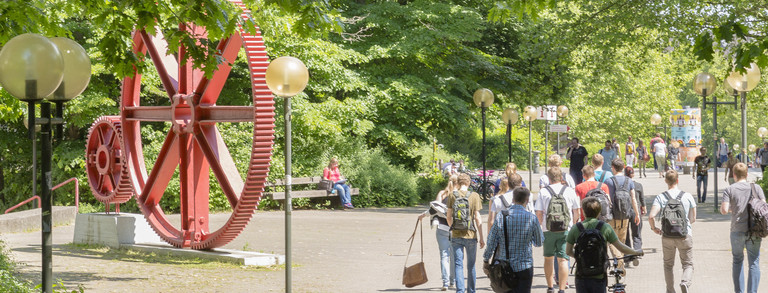Discrete optimization models and algorithms for a strategic planning problem of transport networks in wagonload traffic
- Mathematical Optimization
(DFG-Geschäftszeichen: CL 318/7-1)
Background
Nowadays, railway logistics is faced with several changes and challenges: a growing (international) freight traffic, a trend to smaller shipments and a great (geographical) distribution of the customers, as well as competition between the different modes of transport. This competitive environment is enforced by the liberalization of the railway. The current infrastructure has already reached its capacity limits on some tracks. However, building new infrastructure elements is highly cost-intensive and hence, it has a strategic planning horizon.
Wagonload traffic is a specific production form in railway logistics to transport single wagons or small wagon groups with different origins and destinations. The hierarchical network is built up of several formations yards, which differ, e.g., in size, function, technical equipment, and shunting process. Each wagon is routed through several formation yards in order to be consolidated with other wagons and therefore, uses several trains. However, this production form is very complex and costly. The aim of the research project was to optimize the current network structure.
Procedure
In a first step, we analyzed the current system of wagonload traffic and worked out the main characteristics. Based on the description of a logistical system, we developed a new hierarchical hub location problem. In particular, we consider vehicle-based costs due to the high costs of running a train. Based on the mathematical model, we developed several approaches to reduce the problem size. Finally, we developed a heuristic decomposition approach based on the problem structure.
Targeted results
The aim of the research was to develop new mathematical models and solution approaches for a location and network design problem in wagonload traffic. The model covers the main characteristics of the current system as well as all relevant costs. The heuristic approach is able to find solutions for real-sized data sets.
Contact: Prof. Dr.-Ing. Uwe Clausen
Funding and partners





